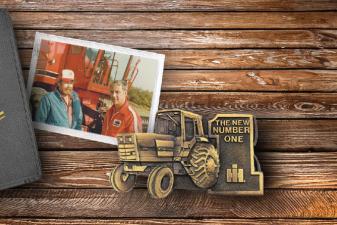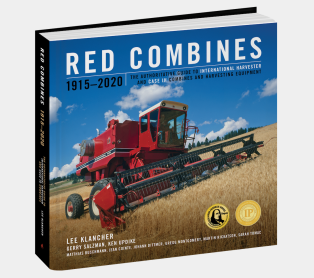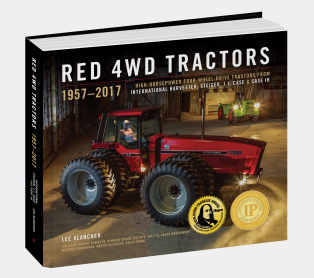Dreaming of Daddy Warbucks: International Harvester's Money Tree

The following is an excerpt from Snoopy and the Spy by Lee Klancher. The stakes had never been higher than they were on the farm fields of the late 1970s and early 1980s. The era marked one of the hardest economic environments of the twentieth century, and two of the world’s toughest competitors were locked in a high-horsepower arms race to create the world’s best piece of agricultural equipment. In this excerpt, read about International Harvester's financial woes of the 1980s.
Gerry Salzman was a young up-and-coming marketing executive for Harvester in the early 1980s. A farm kid from Ashton, Illinois, he had grown up using red equipment. He started his career at Harvester as a territory salesman and was quickly moved to Chicago and made the marketing manager for harvesting equipment.
Like Youle, he had a gift for making connections with just about anyone.
He and Youle had offices near each other. “Bud was right across the partition from me,” Salzman said. “It was hard to get stuff done because he was so loud!”
Salzman had been in Kansas City and at the Farm Progress Show for the launch of the new product in fall 1981. “The 50 Series was supposed to get us back into it again.”
The equipment was good-looking, and even without all the technology everyone hoped for, it was a leap above and beyond the previous machines. The problem was the times. The entire economy was down, and farmers were suffering.
At the end of 1981, Harvester had recorded a loss of $635 billion. It had not made a loan payment since March. McCardell’s magical money tree had finally ran out of fruit.
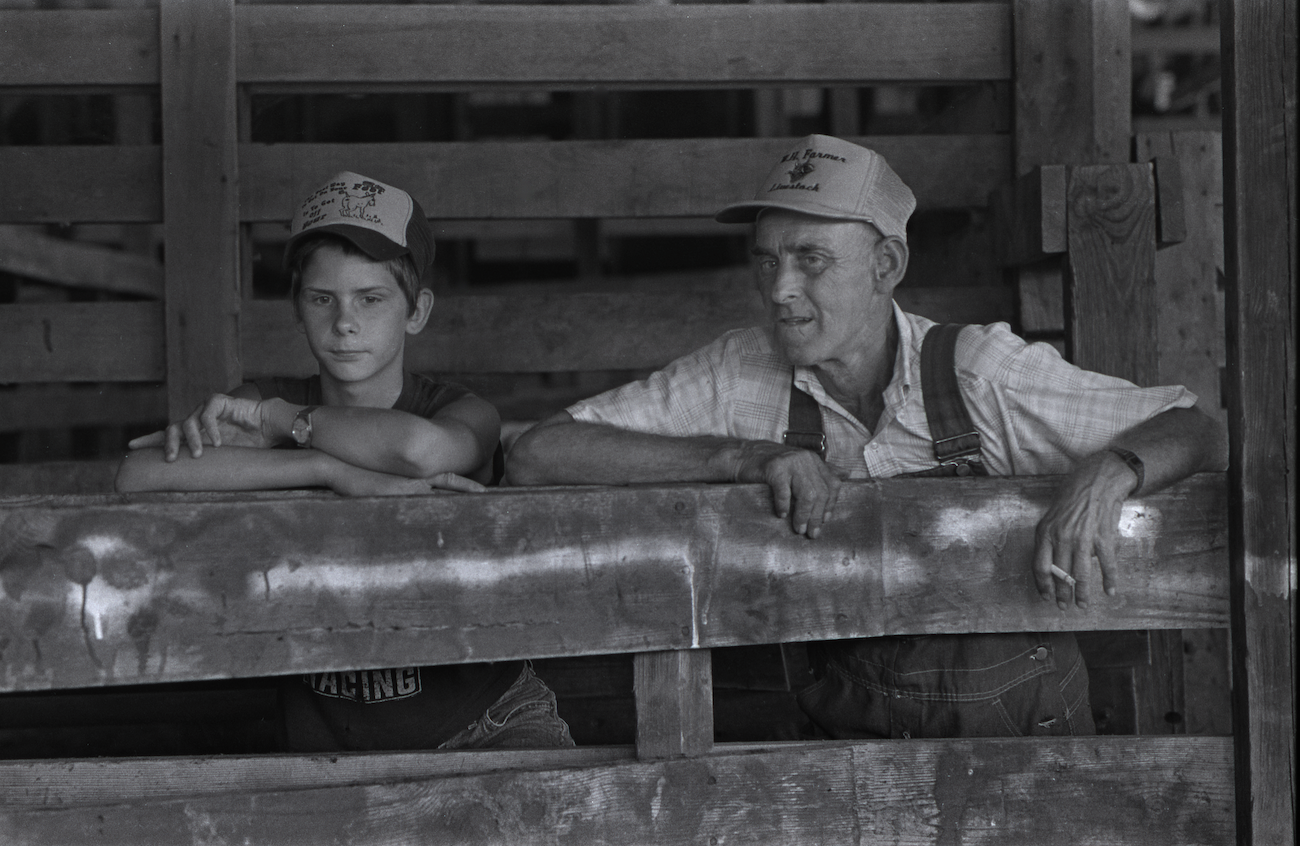
Salzman was commuting to work at the Harvester offices downtown. “I took the commuter train down to the office and ran into a fraternity brother who was in the banking business.”
Rather than exchanging the expected banter about old memories from college, the man greeted Salzman cooly. He finally said what was on his mind.
“When is your &#@!ing company going to pay our bank?”
When your company skips loan payments for the better part of a year, the blowback can reach all the way to your morning commute.
Money was one of Harvester’s big problems, and the introduction of the new tractors that fall did not help matters. The big news in December 1981 was that the company was able to negotiate a new $4.15 billion financing deal to stave off bankruptcy.

As an aside, Glenn Kahle had said that executive Warren Hayford, in particular, was an advocate of bankruptcy. “Warren Hayford, he pushed like everything to take it into bankruptcy. In fact, we went to the Bahamas one winter over Christmas and I had a packet of the bankruptcy thing so it was going to be announced while we were down there, and it turned out that some bank down in Mississippi changed their mind and they got taken over or something so it didn’t happen.”
Kahle was no fan of Hayford’s, and he wasn’t alone. Stanley Lancaster took early retirement in 1981, and he pulled no punches about why he eft. McCardell’s “biggest mistake by far was the infusion of people not familiar with our business and what makes us tick.” He later came back to Harvester, and said, “I said I’m not coming back for some Mickey Mouse job reporting to some young MBA. I said I’d have to run the whole thing.”
The loan gave Harvester a lifeline to the future. At the time, analysts expressed skepticism about that future. “The pact doesn’t solve any problems except immediate bankruptcy,” one said.
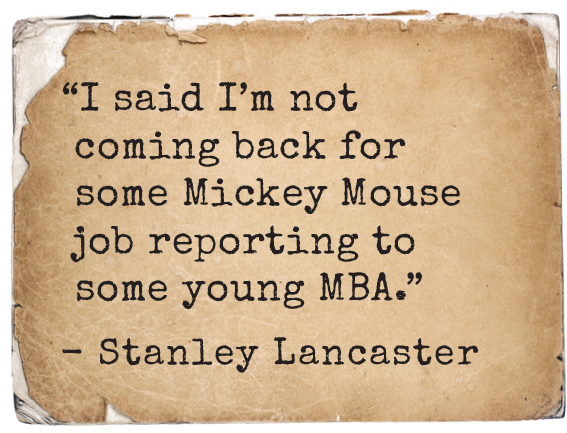
William Roberts of Piper, Jaffray, Hopwood Inc., a widely quoted agribusiness analyst, was blunt. “The bankers should hold up two fingers in front of their faces and have them say, ‘We’re number two,’” he said. “There’s no way, even if they had a Mideast Daddy Warbucks peeling it off, that they’d be number one.”
McCardell appeared in a press conference in shirtsleeves, swore they wouldn’t sell off any of the core divisions, stating there was several hundred million dollars’ worth of noncentral assets that could be sold, including a “piece of property in Arizona.” The property was likely the test grounds near Casa Grande.
Harvester engineer Steve Warner was young when this was going on, and he remembers the days vividly. “In those days I was pretty naïve. . . . I was just a young engineer coming into work and didn’t really give a lot of that a whole lot of thought. We had regular visits by the banks when they would do the refinancing.
That was really strange to see three or four buses pull in out front of Burr Ridge and gobs of bankers get out and come through the facility every, it seemed like it was every three or four months there for a while.”
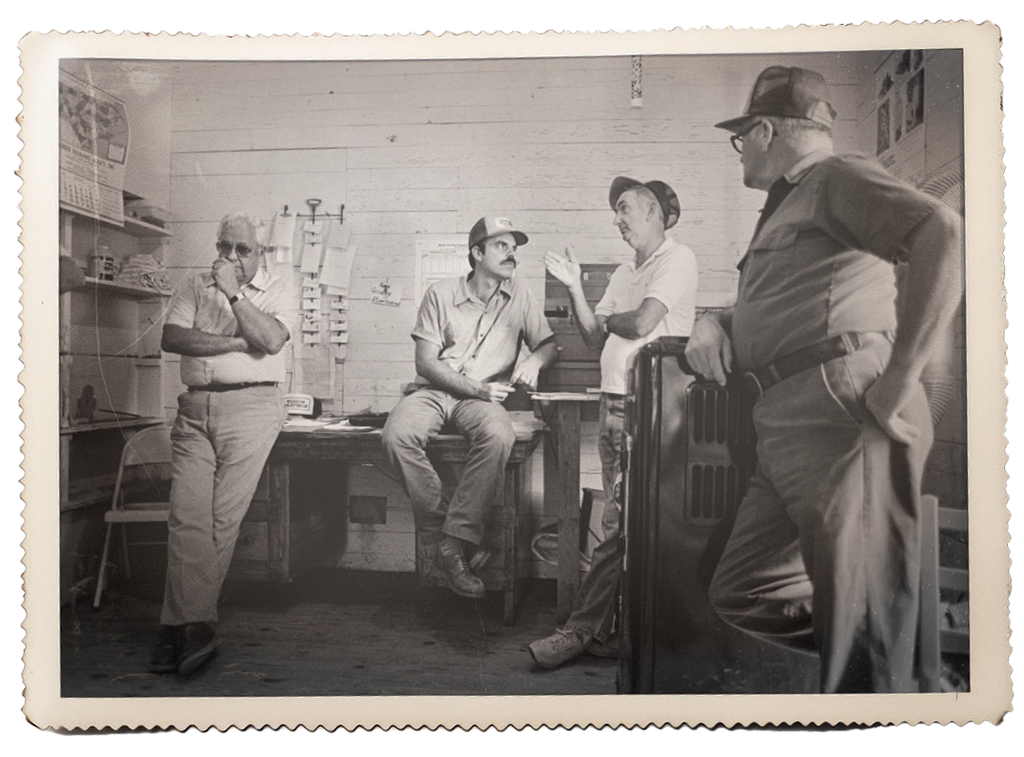
Kahle remembers having to keep the bankers at bay: “The bankers had supported us all through this and we had a bank meeting at least once a month with probably, oh, I’m guessing now, ten, fifteen, maybe twenty, sometimes, more bankers would show up and we’d put on what we’d call the dog and pony show, which was really what was going on and show them the progress we were making. And so we kept our engineering funding up way beyond what you would have thought of for a company in [as] bad a shape as it was.”
Youle understood that for his company to walk out of this, they would have to get the cash. They would also have to keep the fight in the fields. “We either had to have the money, or we were going to put a for sale sign out in front of the building on 401 North Michigan [Avenue]. That was it, because we knew that Deere was coming with the 4850. They were pushing this thing up. They had updated their 466 engine.”
Competition was out there that could take away the little market edge Harvester had with Youle’s beloved 2+2. Deere was working hard on a much-improved mechanical front-wheel-drive (MFD) tractor—and much more.
“We knew, we could sit and see where they were going. We knew they were going to come with an MFD. We didn’t know when.”
Youle would soon find out.


